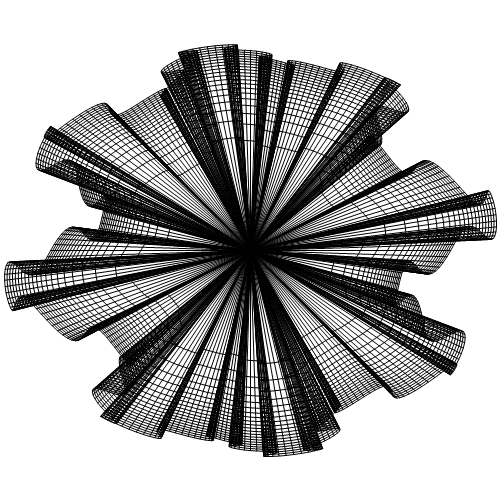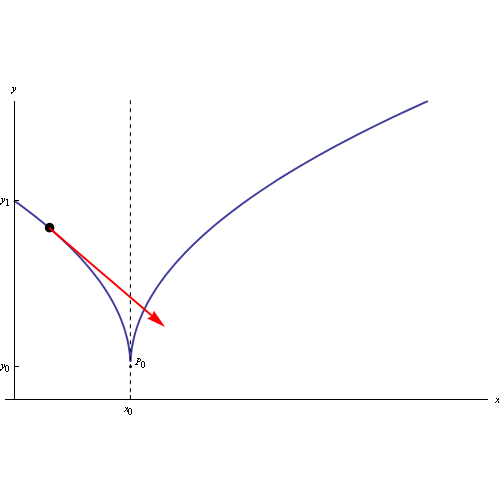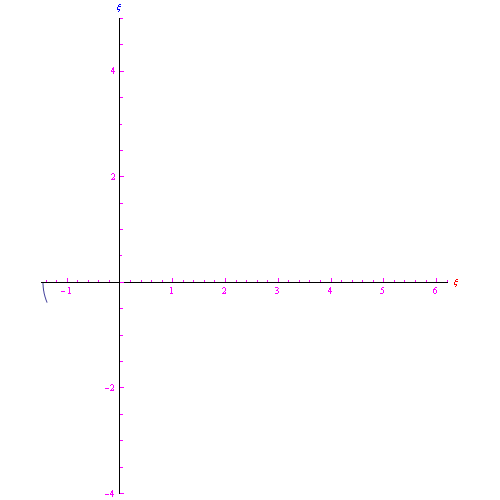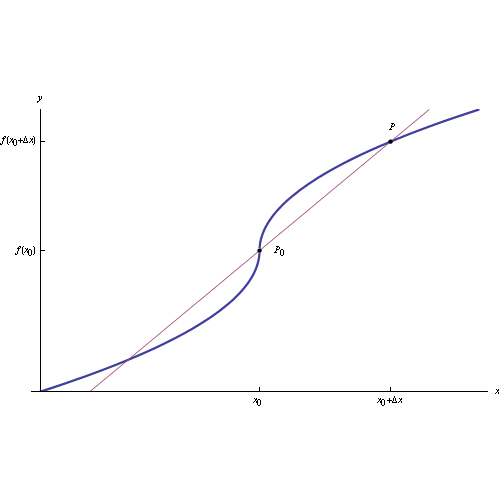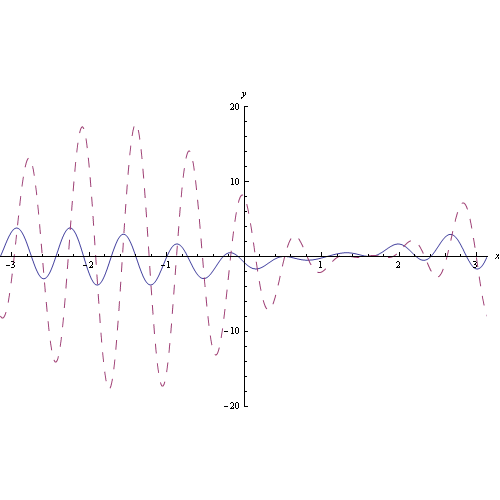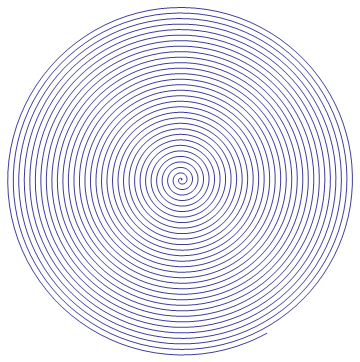[¯|¯] Non siamo materia che rimane, ma strutture (patterns) che si perpetuano
Novembre 14th, 2017 | by Marcello Colozzo |
I dedicate this writing to Gambadilegno, a cat (about six years old) "gone away" this morning 11/14/2017 at the veterinary clinic where he was hospitalized through the ASL service.
Below is an aphorism by physicist Norbert Wiener
We are not matter that remains, but structures patterns that are perpetuated
By "structures," Wiener was probably referring to the "internal organization" that characterizes living matter in the autopoiesis paradigm of Maturana and Varela.
In almost contrast to the aforementioned aphorism, we used as the cover image a photo depicting the Danish physicist Niels Bohr, one of the fathers of Quantum Mechanics which, as is known, is that part of physics that studies the behavior of matter on a sub-microscopic scale. The image contains Bohr's aphorism that so-called real objects are composed of intrinsically non-real entities. It is clear that such an assertion contains an obvious contradiction. It is like saying: the chair where I am sitting now (which is a real object) is made up of non-existent objects. In trying to provide a resolution to this paradox, we have to go back in time. Precisely in 1920 (and following years).
We recall that in that historical period there was already a revolution in the field of physics, thanks to the formulation of Special Relativity (1905) and General Relativity (1916) by A. Einstein. In fact, these theories "upset" the conception of space and time inherent in Newtonian mechanics. Furthermore, in the first decade of the 1900s technology made it possible to extend the experimental activity to the sub-microscopic dimension. Put simply: while before physics dealt exclusively with macroscopic dynamical systems, it now had the possibility of exploring the infinitely small, i.e. the atom and its constituents. Incidentally, at that time the atomic structure was not known at all, let alone if it was possible to have an idea about the particles making up the atom itself.
Dedico questo scritto a Gambadilegno, un gatto (di circa sei anni) "andato via" nella mattinata di oggi 14/11/2017 presso la clinica veterinaria dove era stato ricoverato attraverso il servizio ASL.
Di seguito un aforisma del fisico Norbert Wiener
Non siamo materia che rimane, ma strutture che si perpetuano
Per "strutture", Wiener probabilmente si riferiva all'"organizzazione interna" che caratterizza la materia vivente nel paradigma dell'autopoiesi di Maturana e Varela.
In quasi contrapposizione al predetto aforisma abbiamo utilizzato come immagine di copertina una foto che ritrae il fisico danese Niels Bohr uno dei padri della Meccanica quantistica che come è noto, è quella parte della fisica che studia il comportamento della materia a scala sub-microscopica. L'immagine contiene un aforisma di Bohr secondo cui i cosiddetti oggetti reali sono composti da enti intrinsecamente non reali. È chiaro che una tale asserzione contiene una evidente contraddizione. È come dire: la sedia dove sto seduto ora (che è un oggetto reale) è composta da oggetti inesistenti. Nel tentativo di fornire una risoluzione di tale paradosso, dobbiamo andare indietro nel tempo. Precisamente nel 1920 (e anni seguenti).
Rammentiamo che in quel periodo storico ci fu già una rivoluzione nel campo della fisica, grazie alla formulazione della Relatività Ristretta (1905) e della Relatività Generale (1916) da parte di A. Einstein. Infatti, tali teorie "sconvolsero" la concezione di spazio e tempo insita nella meccanica newtoniana. Inoltre, nella prima decade del 900 la tecnologia permise di estendere l'attività sperimentale alla dimensione sub-microscopica. In parole povere: mentre prima la fisica si occupava esclusivamente di sistemi dinamici macroscopici, aveva adesso la possibilità di esplorare l'infinitamente piccolo, ovvero l'atomo e i suoi costituenti Per inciso, in quel periodo non si conosceva per niente la struttura atomica, figuriamoci se era possibile avere un'idea sulle particelle componenti l'atomo medesimo.
Tags: Albert Einstein, francisco varela, niels bohr, norbert wiener
Articoli correlati


 Congettura di Riemann
Congettura di Riemann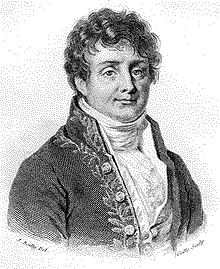 Trasformata discreta di Fourier
Trasformata discreta di Fourier
 Trasformata di Fourier nel senso delle distribuzioni
Trasformata di Fourier nel senso delle distribuzioni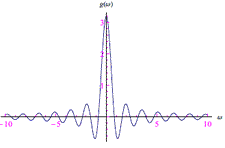 Trasformata di Fourier
Trasformata di Fourier  Infinitesimi ed infiniti
Infinitesimi ed infiniti Limiti notevoli
Limiti notevoli Punti di discontinuità
Punti di discontinuità Misura di Peano Jordan
Misura di Peano Jordan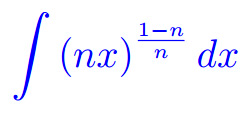 Eserciziario sugli integrali
Eserciziario sugli integrali Differenziabilità
Differenziabilità 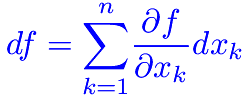 Differenziabilità (2)
Differenziabilità (2) Esercizi sui limiti
Esercizi sui limiti Appunti sulle derivate
Appunti sulle derivate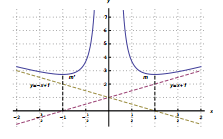 Studio della funzione
Studio della funzione Esercizi sugli integrali indefiniti
Esercizi sugli integrali indefiniti Algebra lineare
Algebra lineare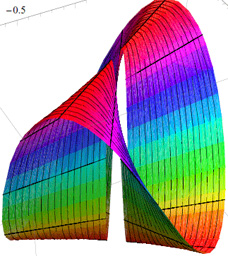 Analisi Matematica 2
Analisi Matematica 2 Analisi funzionale
Analisi funzionale Entanglement quantistico
Entanglement quantistico Spazio complesso
Spazio complesso Biliardo di Novikov
Biliardo di Novikov Intro alla Meccanica quantistica
Intro alla Meccanica quantistica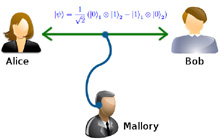 Entanglement Quantistico
Entanglement Quantistico